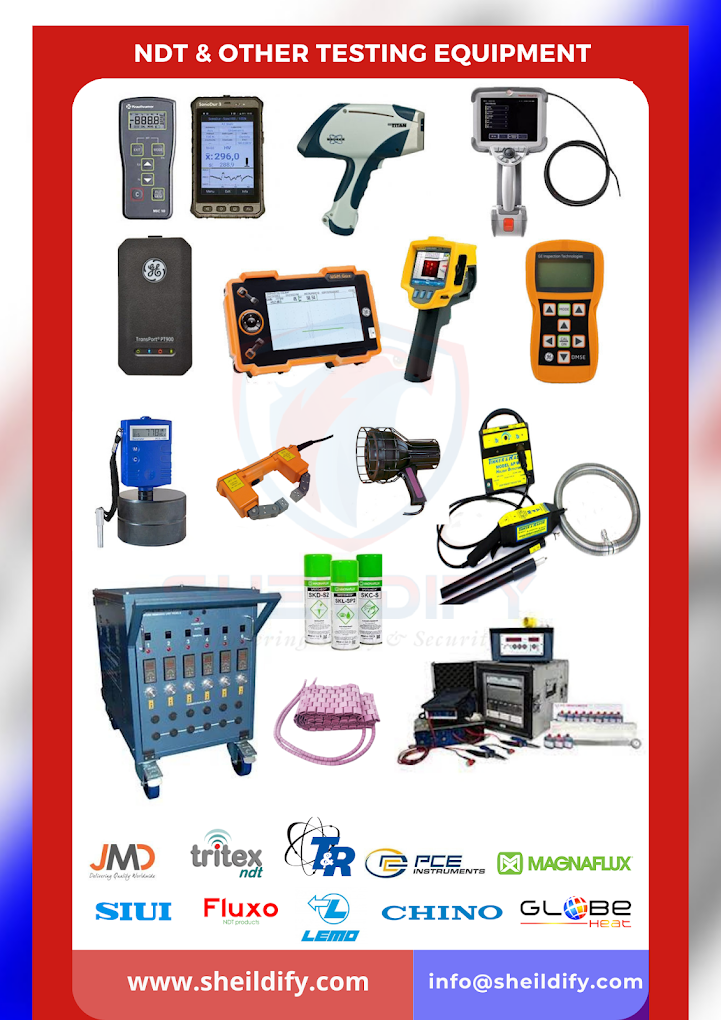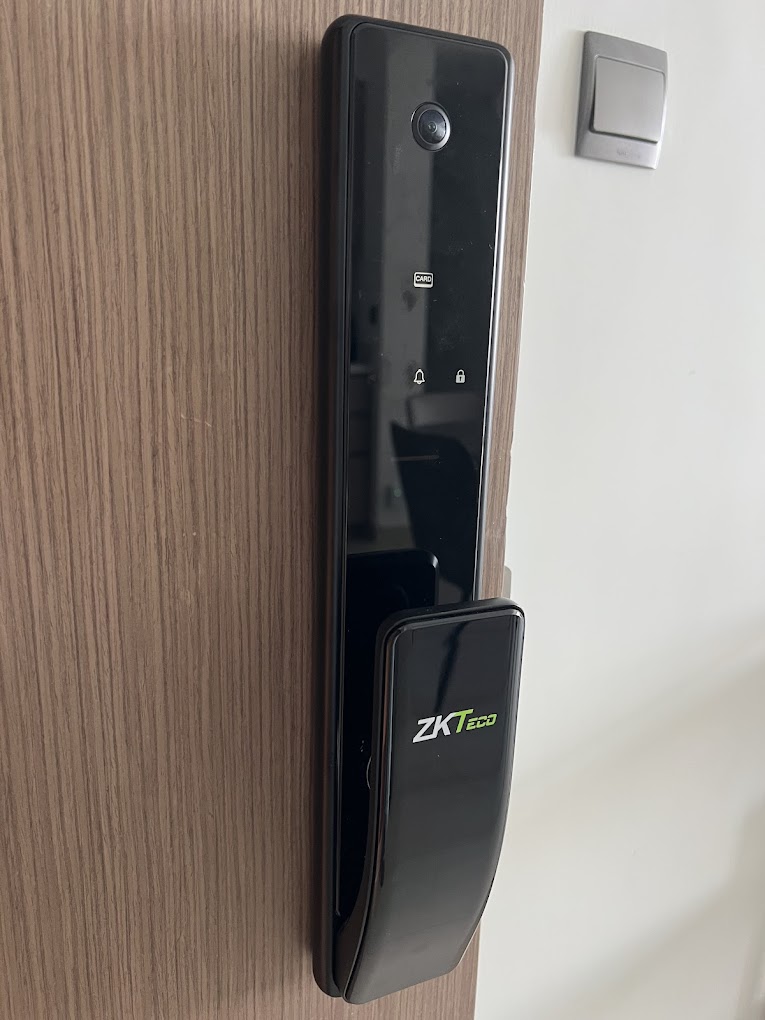Sheildify Security Equipment Trading LLC
Abu Hail - Dubai
Products & Services:
Sheildify Security Equipment Trading LLC, Abu Hail, Dubai, Reviews, Contact number, Phone number, Ad More..
Since : 2020
Abu Hail - Dubai
Products & Services:
Sheildify Security Equipment Trading LLC, Abu Hail, Dubai, Reviews, Contact number, Phone number, Ad More..
Since : 2020
A Manual Resuscitator, also known as a bag-valve-mask (BVM) or Ambu bag, is a critical medical device used to provide artificial ventilation to patients who are not breathing or are breathing inadequately. These devices are commonly used in emergencies, such as during cardiac arrest or respiratory failure, and are essential for resuscitating patients in critical conditions. In Dubai, Manual Resuscitator Dealers offer high-quality products to meet the needs of healthcare professionals, hospitals, clinics, and emergency medical services.
A Manual Resuscitator, often referred to as a bag-valve-mask (BVM) device, is a medical apparatus used to assist patients who are not able to breathe independently. This device typically includes a self-expanding bag, a unidirectional valve, and a facial mask or endotracheal tube. The healthcare provider squeezes the bag to deliver air or oxygen into the patient’s lungs, providing temporary ventilation.
Sheildify Security Equipment Trading LLC
Khalifa BA Balila Building, 22B Street Abu Hail,
Near Abu Hail Masjid Ashram, Abu Hail, Dubai, 39701
ARASCA Medical Equipment Trading LLC
Dubai, UAE
Safemed
Dubai, UAE
RioMed Medical Supplies LLC
Dubai, UAE
AL DANA MEDICAL EQUIPMENT
Dubai, UAE
Life Pharmacy
Dubai, UAE
Noon
Dubai, UAE
MedHub
Dubai, UAE
Fire Supplies
Dubai, UAE
Thunder Medical Equipment
Dubai, UAE
Manual resuscitators, also known as bag valve masks (BVM), are critical devices used in medical emergencies to assist patients in breathing. These devices are essential for healthcare professionals and are widely used in hospitals, clinics, and emergency response situations. This guide covers everything you need to know about manual resuscitators, and how to find the best manual resuscitator dealers, including frequently asked questions.
A manual resuscitator is a hand-held device used to provide positive pressure ventilation to patients who are not breathing or are breathing inadequately. It typically consists of a self-inflating bag, a mask, a valve, and an oxygen reservoir. Manual resuscitators are commonly used by healthcare professionals in hospitals, emergency medical services (EMS), and first aid settings. Manual resuscitators are crucial in life-threatening situations such as cardiac arrest, respiratory failure, and drowning. They are used to maintain airway patency and ensure that oxygen is delivered to the lungs until the patient's natural breathing is restored or they are connected to a mechanical ventilator.
When selecting a manual resuscitator, it's important to consider the following features:
Here is a list of reputable dealers that specialize in manual resuscitators:
Selecting the right dealer is crucial for ensuring you receive reliable and durable medical equipment. Here are some factors to consider:
Q1: What
is the purpose of a manual resuscitator?
A1: The purpose of a manual resuscitator is to assist or replace
spontaneous breathing in patients who are unable to breathe adequately on their
own. It provides positive pressure ventilation to maintain airway patency and
ensure oxygen delivery.
Q2: Can
manual resuscitators be reused?
A2: Yes, reusable manual resuscitators are available and are commonly
used in hospital settings. They are made from materials like silicone, which
can be sterilized between uses. However, disposable versions are designed for
single use to prevent contamination.
Q3: How
do I clean and disinfect a reusable manual resuscitator?
A3: Reusable manual resuscitators should be disassembled, washed with
warm water and medical-grade detergent, and then sterilized using an autoclave
or disinfectant solution. Always follow the manufacturer’s instructions for
proper cleaning.
Q4: What
size manual resuscitator should I use for different patients?
A4: Manual resuscitators come in three sizes:
Q5: Can a
manual resuscitator be used by non-medical personnel?
A5: While manual resuscitators are designed for professional use,
non-medical personnel trained in CPR and basic life support (BLS) can use them
in emergency situations under supervision or in controlled settings.
Q6: What
is the difference between self-inflating and flow-inflating resuscitators?
A6: A self-inflating resuscitator automatically fills with air after
being compressed and does not require a constant air source. A flow-inflating
resuscitator, on the other hand, needs a continuous flow of oxygen or air to
function.
Q7: What
should I do if a manual resuscitator malfunctions during use?
A7: If a manual resuscitator malfunctions, immediately switch to a
backup device and assess the patient’s condition. Ensure the device is
regularly checked for leaks or damages before use to prevent malfunctions in
critical situations.

Dubai, Abu Hail

Dubai, Abu Hail
Latest Customer Reviews
"Best place to buy security systems in Dubai"